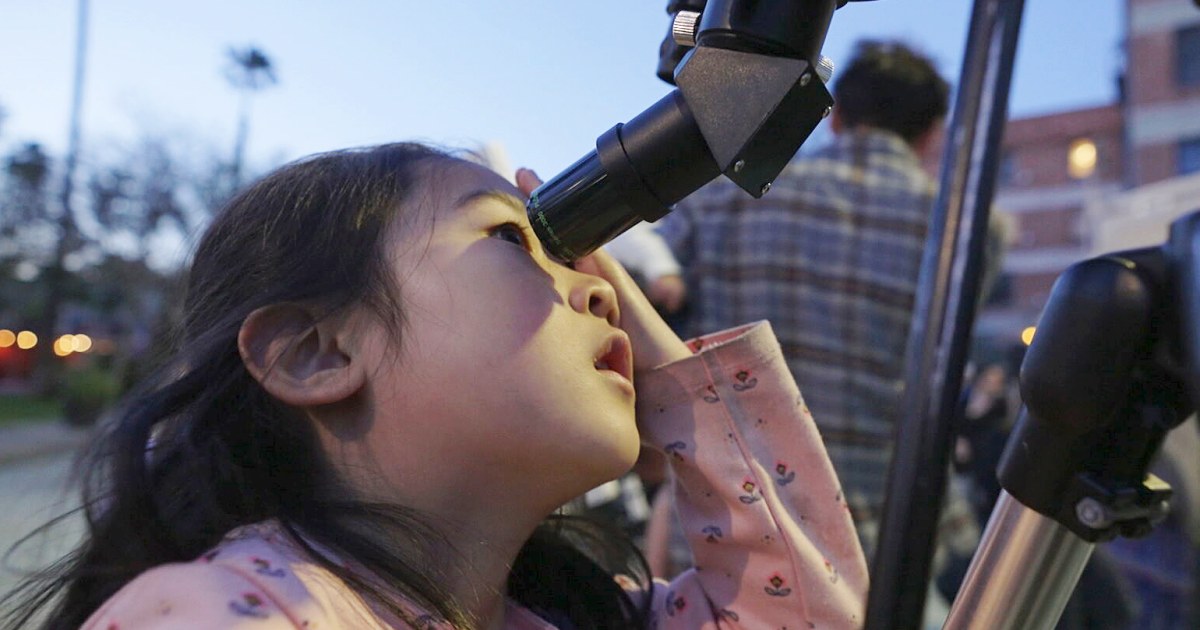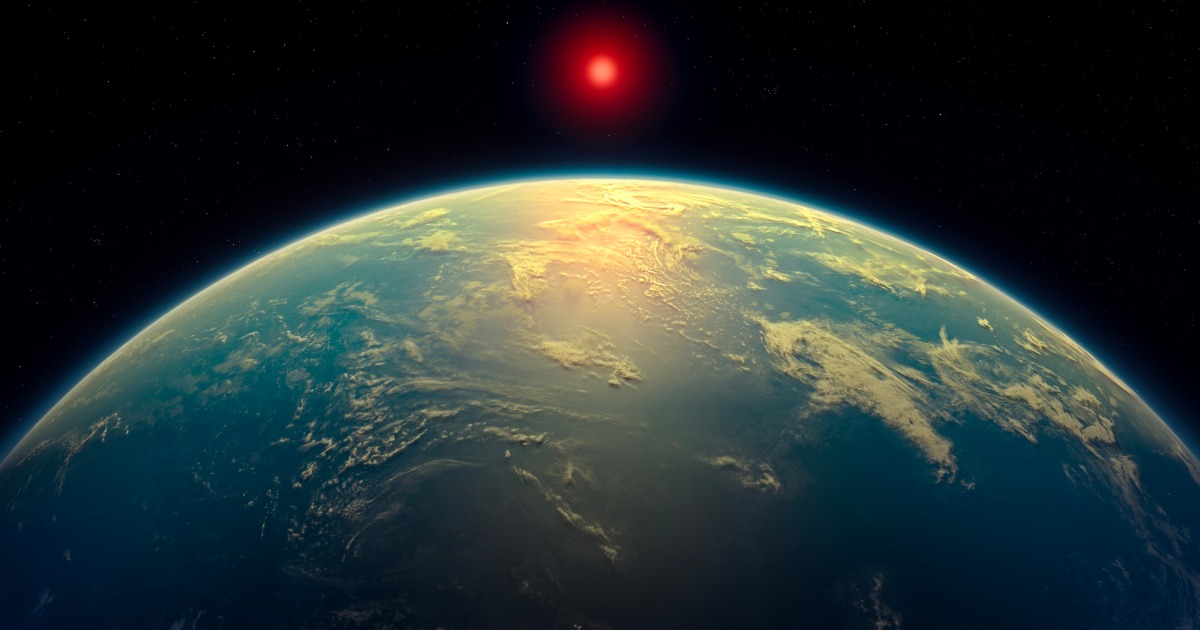
Fahrenheit
Fahrenheit is a temperature scale used in space and astronautical engineering to measure temperature. It is based on a system developed by German physicist Daniel Gabriel Fahrenheit in 1724. On the Fahrenheit scale, the freezing point of water is 32 degrees and the boiling point is 212 degrees at standard atmospheric pressure. This scale is commonly used in the United States and some other countries, but it is not used in most of the world where Celsius is the standard temperature scale.
Your Previous Searches
Random Picks
- Phase Shifters: Phase shifters are electronic devices used to change the phase of an electromagnetic wave without changing its amplitude. In space and astronautical engineering, phase shifters are used in various applications such as phased array antennas, ... Read More >>
- Space-related System: A space-related system is a complex set of components, devices, and subsystems that work together to perform a specific function or set of functions related to space exploration, research, or operations. These systems can include spacecraft ... Read More >>
- Rudders: In the context of aerospace engineering, rudders are primary control surfaces used to steer aircraft in the yaw axis, which is perpendicular to the direction of motion and parallel to the ground. They are typically located on the trailing e ... Read More >>
Top News

Easter's date remains divisive. Some church leaders want that to change...
Eastern and Western churches will celebrate Easter on the same day this year, while marking 1,700 years since the Council of Nicaea unified Christian doctrine...
News Source: ABC News on 2025-04-19

In a city of stars, Los Angeles astronomy club makes sure to keep looking up...
LOS ANGELES — While Los Angeles is home to the biggest stars in the world, a monthly get-together is proving that the city’s rich and famous have nothing on the universe....
News Source: NBC News on 2025-04-18

This week on "Sunday Morning" (April 20)...
A look at the features for this week's broadcast of the Emmy-winning program, hosted by Jane Pauley....
News Source: CBS News on 2025-04-17

Scientists detect strongest hints yet of life on a distant planet...
Scientists have detected unique chemical patterns similar to those produced by the Earth's algae and seaweed — raising the possibility of the presence of a warm ocean, perhaps teeming with life, on ...
News Source: NBC News on 2025-04-17

Is there life on another planet? Scientists find the strongest evidence yet...
Near a planet far, far away astronomers have found traces of chemicals that on Earth are only produced by living beings....
News Source: Al Jazeera English on 2025-04-17